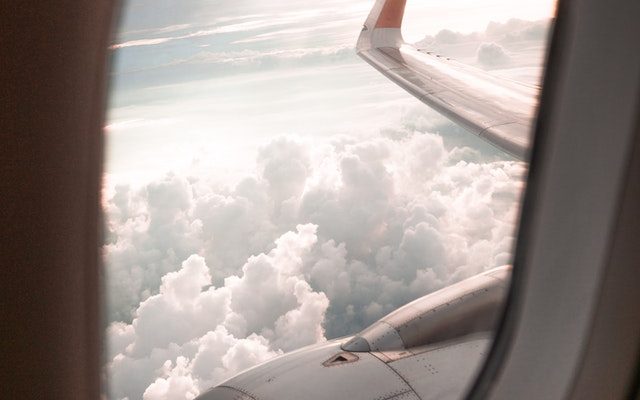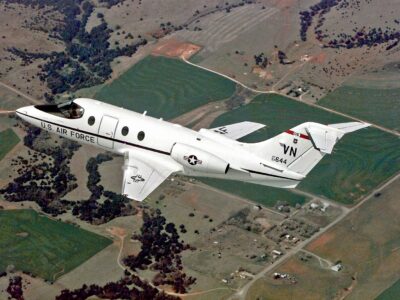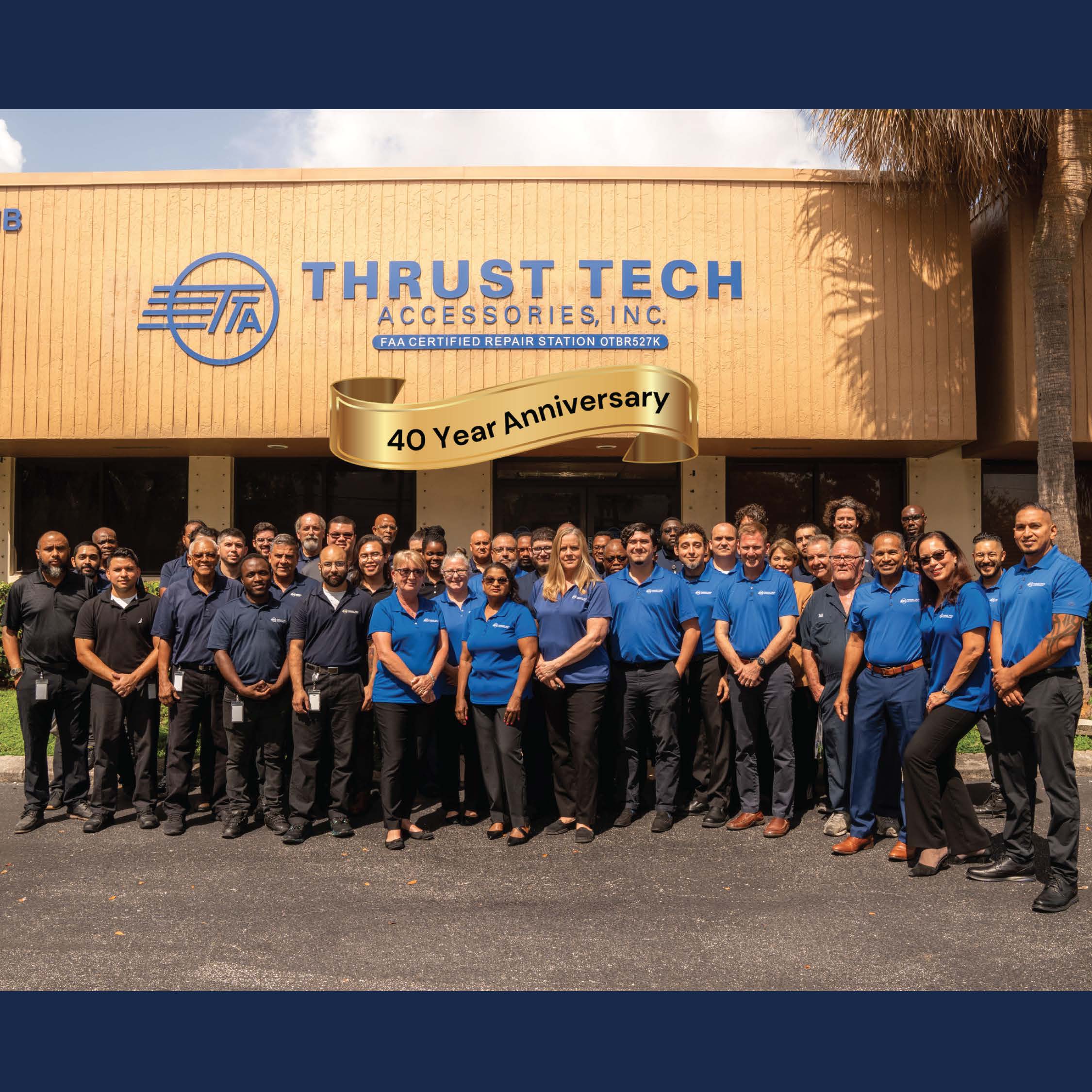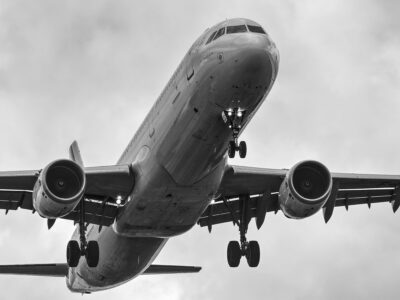
Keeping older aircraft flying longer & the ‘rise’ of crossover narrow-bodies
It’s no secret that the aviation industry is flying through exciting times but with new sets of challenges in 2021. “With changing flight schedules and routes, airlines are scrambling as they search for what works best economically for them to safely keep their aircraft fly-status ready these days,” says Stanley Kowlessar, General Manager of Thrust Tech Accessories.
“Private aircraft owners as well have had to look for new operational solutions and, of course, new revenue streams to offset operational costs in a changing marketplace,” he adds.
Shifts in Aircraft Type
One way commercial airlines have found success is by using regional aircraft instead of larger airframes. In addition, Kowlessar says that “crossover narrow-body jets will increasingly become a key segment of the airline market, particularly as we move into the post-COVID-19 pandemic era.”
The big advantage is that aircraft designers focusing on this crossover segment can tap into technologies already in use by regional aircraft and larger single-aisle narrow-bodies. “So, moving forward, that could result in more aircraft designed specifically to offer 75 seats to 150 seats in the most economical fashion,” he says.
According to an investor note issued by Morgan Stanley Research, the Boeing Company’s new aircraft development strategy is thought to be focused on the possibility of building a single aisle aircraft similar in size to the Boeing 757. That could help Boeing effectively compete with the Airbus A321XLR, boasting a range higher than any other narrow-body on the market – 4,700 nautical miles.
Looking ahead, “I believe the aircraft size we see coming of the assembly line will be much different than in the past,” Kowlessar notes. “Moving forward, we will see smaller passenger aircraft for more ‘boutique’ services, while larger aircraft may not be tapped for as many long-haul flights.
Inventory Shortage
Right now, production of all types of materials, specifically including components needed to build new planes, is running way behind schedule. Delays are common. Bottom line? Airlines and airplane owners can’t buy new planes as readily as they did in the past.
At the same time, the industry is also seeing an unparalleled influx of first-time buyers to business aviation, as these new owners seek to avoid crowded commercial flights and are looking for flexibility and safety during this ongoing pandemic. That’s propelled the business aviation segment’s growth, but the “rush to buy” has also depleted the inventory of aircraft available for sale.
New business aviation buyers typically don’t have an aircraft to trade, explains Jay Mesinger, president and CEO of Mesinger Jet Sales, who spoke at an Aug. 21 NBAA webinar entitled, “Business Aviation’s Elephant in the Room – Buying Aircraft.” The low number of business aircraft for sale right now also is the result of booming charter demand, a reluctance among veteran owners to relinquish their old aircraft until they have certainty of receiving a new aircraft, restrictions on importing airplanes, and, yes, those pesky supply chain issues.
Soaring MRO Demand
Demand for aircraft maintenance and inspections has soared since the COVID-19 pandemic began, according to Todd Duncan, chairman of Duncan Aviation, a business jet service provider; he too was a featured expert at the NBAA News Hour thought-leadership webinar.
At the same time, the industry is experiencing material shortages, causing both delays in completion of new aircraft and in production of new parts and components. As a result, airlines and aircraft owners are now repairing parts or components that are normally thrown away and replaced with new ones, something that’s not that much of an option anymore.
Kowlessar says that “as a direct result of material shortages, we’re hearing from both airlines and business aircraft owners that they must maintain their airplanes much longer than normal.” Aircraft operators typically set a cut-off or expiration time for their older aircraft to be removed from service.
When that time comes, they retire those planes. But that’s not the case this year. “What’s happening in 2021 is that we’re seeing airframes that the aviation market thought would be phased out continue to remain in the air,” Kowlessar notes.
As maintenance needs for their older airframes and older fleets have soared, repair stations have increasingly become essential in keeping planes in the air longer. That’s why many airlines and aircraft operators look to MROs for cost savings and repair solutions in cases where aircraft manufacturers and OEMs might be too pricey or not have support for certain items any longer.
Aircraft accessories and components such as Hydraulic pumps and actuators, pneumatic valves, electric motors, starters, generators, engine ignition exciters, and much more are the backbone of TTA’s service expertise for its multiple clients around the world – airlines and private/business jet operators alike.
In addition, TTA has bounced back faster than some larger operations during this pandemic era, Kowlessar says. With the company’s long history and experience, it’s also able to offer both repair support as well as technical support for airlines and aircraft operators to assist them in maintaining their fleets.
Eventually, the aviation industry will fly out of the pandemic era, as there is certainly a supply-chain fix coming. Until then though, he stresses there is great opportunity to do all that is necessary to support airline and aircraft operators who need to keep older aircraft longer – safely in the air and at a reasonable cost.
About Thrust Tech Accessories
Thrust Tech Accessories is a veteran owned and operated FAA/EASA Certified 145 Repair Station located in Ft. Lauderdale, Fla. TTA supports a number of regional airlines across the U.S., along with overseas air carriers and rotorcraft operators in numerous countries around the globe.
For information, contact us via email at TTAsales@TrustTech.com or call 954-984-0450.






